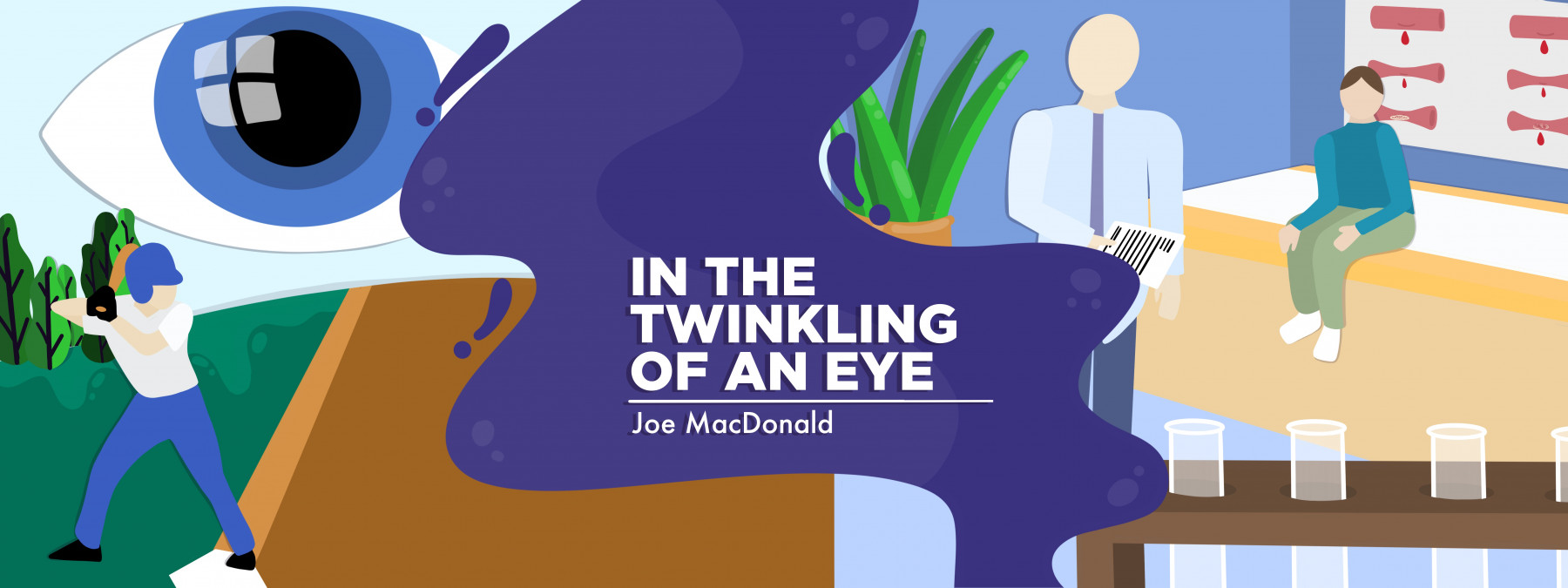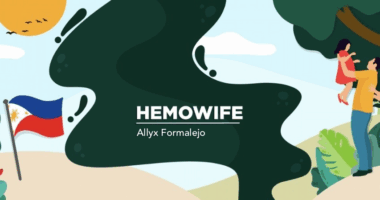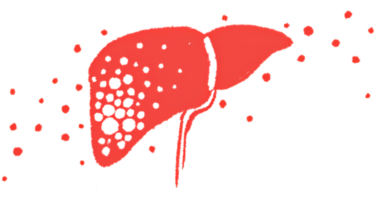The golden moments with Rudolph during an early hospital stay
A certain red-nosed reindeer brings quiet peace to an infant and his father

Last week, I discussed the unfortunate series of events that led my wife and youngest son, Caeleb, to check into Memorial Hermann-Texas Medical Center in Houston because of a bleeding episode. Caeleb, it turned out, had a high-titer inhibitor that prevented clotting from occurring, even with the help of factor VIII for hemophilia A. He eventually found relief when the doctors used a bypassing agent to stop the bleeding.
My oldest son, Julian, and I traveled from New Mexico to Houston to support my wife and Caeleb. While there, the medical team suggested that he remain in the hospital and have a port-a-cath implanted in his chest to help access a vein and quickly infuse the needed medicine.
While in the hospital, I looked forward to the later evening hours, after 9 p.m. Finally, all the day’s chaos seemed to subside and a sense of peace overwhelmed the special pediatric unit as families prepared their children for much-needed rest. I enjoyed taking Caeleb into the open area reserved for play and visitation. Because it was near Christmas, the space had numerous lights with animated characters representing the season.
I especially enjoyed the lights’ calm glow as they bathed the area in a soft, inviting, and luminescent holiday treat. Caeleb, then 11 months old, particularly loved the figure of Rudolph, the red-nosed reindeer. He often passed the lit snowflakes, Santa Claus, and elves to get to Rudolph. My son appeared transfixed by the many colors that lit the animal, making him appear magical, carrying a quality that made the little animal seem real.
So in the solitude of the evening, my son and I played, transporting us away from the hospital.
We did have an obstacle to overcome each evening as we played with our new friend Rudolph. The medical team placed an IV in Caeleb’s right arm to get him the necessary medicine to help him clot. Fortunately, the port-a-cath, once placed in his chest, made the IV unnecessary.
But in the meantime, my boy’s veins proved too small to hold an IV in place for extended periods. Each time a needle fell out of a vein, the medical team found another one, praying the access would last until the surgery to put in the port-a-cath.
Many times when Caeleb and I visited Rudolph, he had to adjust to a new access point. Sometimes he had free use of his right hand, while other times he used his left. Once, a nurse accessed the saphenous vein in his left and right ankles.
Regardless of whatever extremity became impaired, we never let Rudolph down. Caeleb and I found joy in the lights of the reindeer’s shiny red nose. We loved the blues and soft white lights that appeared intertwined in the frame of his body. We ended our evenings with my boy blowing Rudolph a kiss, and we promised we’d return the following evening to say good night. We wouldn’t let down our newfound friend. He could count on our visits.
Each time Caeleb and I visited Rudolph, I noticed a sense of peace overwhelmed my boy. In this make-believe world of colored lights and quiet, my boy came to life. In this area of magic, he forgot about the awful sticks of needles to begin another IV and the doctors’ constant poking and prodding as they continued to discover how hemophilia reared its ugly head in my son’s life.
I find it interesting that the one thing that brought us contentment was discovering rituals when we were in the hospital. Perhaps it was our way of demonstrating control over a situation that’s often unmanageable and chaotic at best.
Pockets of solitude can become a way of finding assuredness when everything around us appears to the contrary. The soft glow of a manufactured, red-nosed animal gave us a sense of peace as we wrestled with the uncertainty of hospitalization. Many years later, I still consider the late-night hours with Rudolph sacred and set apart as possessing great value.
Note: Hemophilia News Today is strictly a news and information website about the disease. It does not provide medical advice, diagnosis, or treatment. This content is not intended to be a substitute for professional medical advice, diagnosis, or treatment. Always seek the advice of your physician or another qualified health provider with any questions you may have regarding a medical condition. Never disregard professional medical advice or delay in seeking it because of something you have read on this website. The opinions expressed in this column are not those of Hemophilia News Today or its parent company, Bionews, and are intended to spark discussion about issues pertaining to hemophilia.








Leave a comment
Fill in the required fields to post. Your email address will not be published.